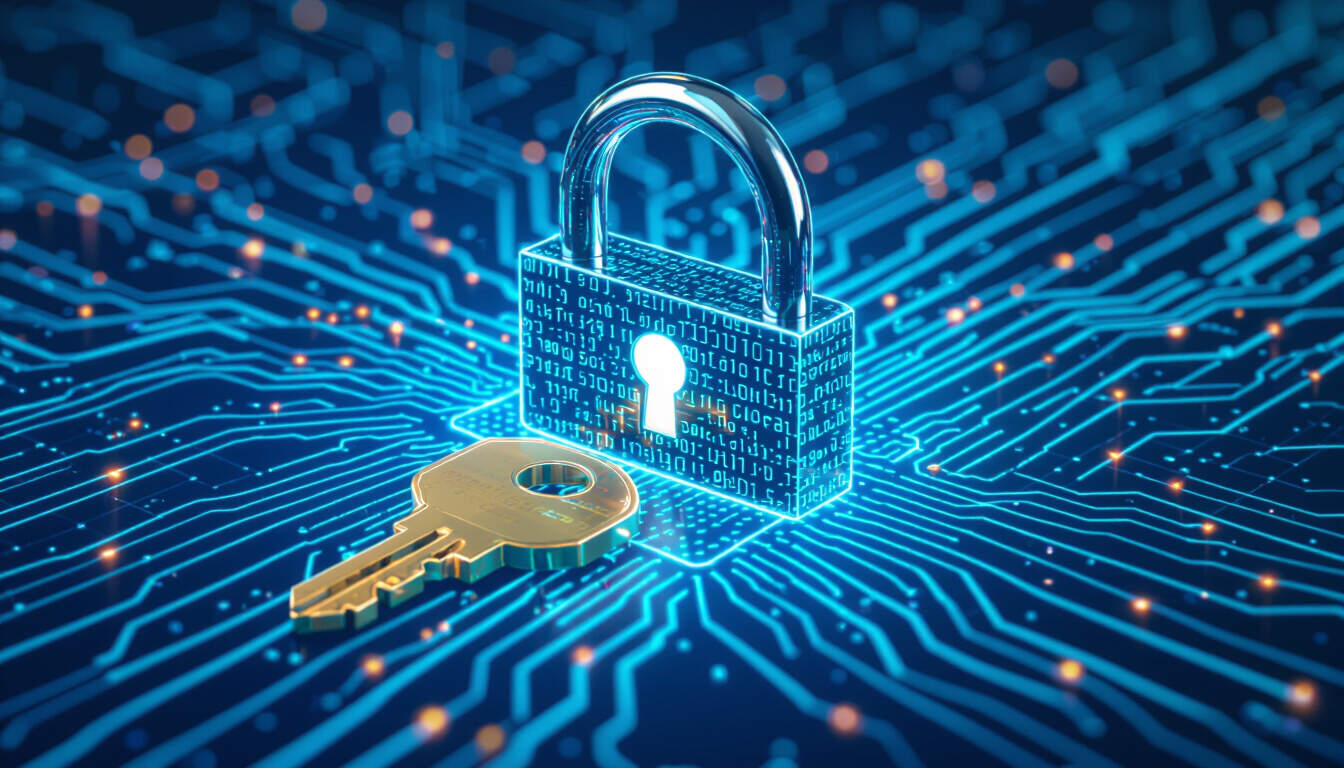The Essentials of NFT Authentication Processes
 by Marlene Keeling
by Marlene Keeling
NFT authentication processes are vital for verifying digital ownership and preventing fraud in blockchain networks. This article covers key methods, technologies, and challenges involved, offering insights for finance professionals and tech enthusiasts.

NFT authentication is a core aspect of digital asset management, ensuring that each token represents a unique and verifiable item. In the context of blockchain, this process helps maintain trust among users.
Why Authentication Matters
Authentication for NFTs prevents duplication and forgery, making it essential for artists and collectors. For instance, NFT verification uses cryptographic signatures to confirm legitimacy. This step protects investments in digital art and collectibles.
In practice, the process begins with creating a digital signature linked to the NFT's metadata. Developers implement this through smart contracts on platforms like Ethereum. These contracts store data that cannot be altered once deployed.
Key Technologies Involved
Several tools drive NFT authentication. One primary method is the use of hash functions, which create a unique identifier for each asset. This identifier, or hash, remains consistent, allowing for easy verification.
Another important technology is public key infrastructure. Here, creators sign their work with a private key, and users verify it using the corresponding public key. Blockchain networks store these keys, providing a transparent ledger for all transactions.
For example, platforms often employ multi-factor authentication to add layers of security. This might include biometric checks or device verification alongside the blockchain confirmation.
Step-by-Step Authentication Flow
To authenticate an NFT, follow these steps:
- First, upload the digital asset to a supported blockchain.
- Generate and attach metadata, including details like the creator's information.
- Use a wallet to sign the transaction with a private key.
- Broadcast the NFT to the network for validation by nodes.
Once validated, the NFT is minted and becomes part of the blockchain. This flow ensures that only authorized assets enter circulation.
Challenges arise with scalability, as networks can become congested during high traffic. Solutions include layer-2 protocols that handle transactions off the main chain, reducing wait times.
Common Challenges and Solutions
One frequent issue is metadata tampering. If not secured properly, external links in metadata can change, leading to disputes. To counter this, some projects store metadata directly on the blockchain, making it immutable.
Fraud is another concern, with counterfeit NFTs appearing in marketplaces. Authentication tools, such as oracle services, provide real-time verification against original sources.
Interoperability between different blockchains poses additional hurdles. Users might need to bridge assets across networks, which requires standardized protocols. Emerging standards like ERC-721 help address this by defining common rules for NFTs.
The Role of Emerging Technologies
Artificial intelligence plays a part in advanced authentication. AI algorithms can detect anomalies in NFT patterns, flagging potential fakes before they are traded. Machine learning models analyze transaction histories to predict risks.
Decentralized identity solutions are also gaining traction. These systems allow users to prove ownership without revealing sensitive data, enhancing privacy in authentication processes.
As the market grows, integration with other fintech areas like decentralized finance becomes key. NFTs can represent real-world assets, such as real estate tokens, requiring secure authentication to facilitate trades.
Future Outlook
Looking ahead, improvements in quantum-resistant cryptography will strengthen NFT security. This technology prepares for potential threats from advanced computing.
Additionally, user-friendly interfaces will make authentication more accessible. Simplified tools could encourage wider adoption among investors and creators.
In summary, effective NFT authentication builds a foundation for secure digital economies. By understanding these processes, professionals can make informed decisions in the evolving landscape of digital finance.
